BACK TO RESEARCH WITH IMPACT: FNR HIGHLIGHTS
As the FNR marks 25 years since its creation, we highlight 25 examples of FNR-supported research with impact.
Since arriving in Luxembourg in 2009, Djamila Aouada has led various projects combining Computer Vision and Artificial Intelligence, helping pave the way for technologies including video surveillance, rehabilitation for stroke survivors, access control, and autonomous navigation in space.

Computer Vision gives machines the ability to “see,” “perceive,” and “interpret” the world around them. When combined with AI – which is exactly what the Computer Vision, Imaging and Machine Intelligence (CVI2) group of Djamila Aouada does – machines can learn from data and use that knowledge to better understand what they see. The aim of combining these two fields is to improve decision-making and build intelligent systems.
“Imagine a robot that can look at a crowd, spot you, understand what you are doing, and even tell if you are happy or sad. My research helps machines "see" and “understand” the world just like we do as humans. This leads to creating technologies such as self-driving cars that can avoid accidents, and machines that help doctors detect diseases early. The ultimate goal is to make life safer and better for everyone. ”Prof Dr Djamila Aouada Senior Research Scientist and Acting Vice Director at the University of Luxembourg’s Centre for Security, Reliability and Trust (SnT)
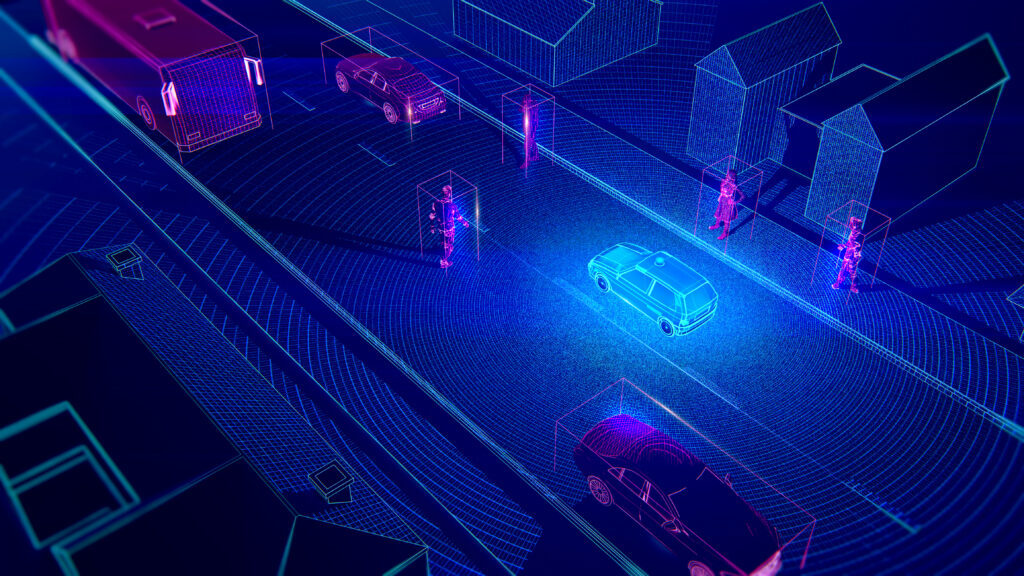
Teaching machines to see the world
It comes as no surprise that the field of Computer Vision has rapidly evolved in the last years and continues to do so. Previously, extracting features such as texture, lines or curves from an image involved manual design of tools, also called “handcrafted features”. AI, especially deep learning, was a revolution.
“Now, computers can learn to identify these features directly from data. This shift turned almost every task in Computer Vision into an AI task, making it possible to solve problems more effectively and with less human intervention.”
From solving narrow and specific tasks such as identifying objects in images, the focus is expanding in complexity: Understanding entire scenarios and what is happening in them, and combining this vision with other skills such as language understanding.
“This evolution reflects the progress made in teaching machines to "see" the world. ”Prof Dr Djamila Aouada Senior Research Scientist and Acting Vice Director at the University of Luxembourg’s Centre for Security, Reliability and Trust (SnT)
From cybersecurity across space, healthcare, industry 4.0 and education
Aouada’s CVI2 research group is focused on real-world applications from the start, working closely with various stakeholders, especially those based in Luxembourg.
More about the CVI2 research group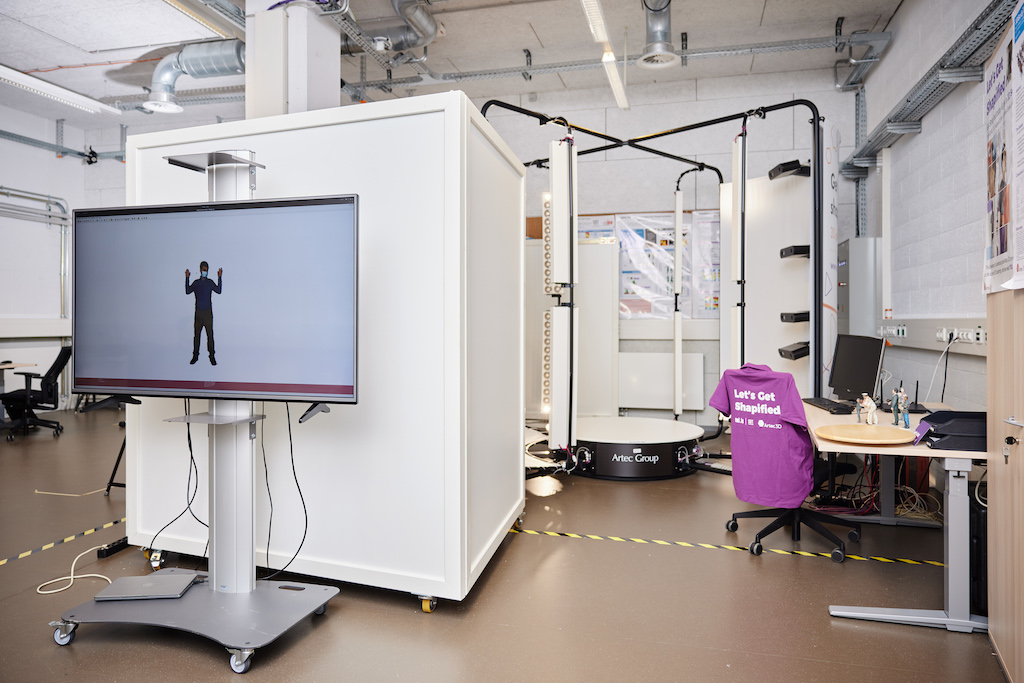
“We work across a range of sectors, including cybersecurity, space, healthcare, Industry 4.0, and education. The potential impact of our work is in making their products and services more accurate, more effective, more secure, smaller; thus, making them more competitive! And we are constantly working to transfer our technologies into our partners' products. I also enjoy participating in outreach initiatives that involve the general public, especially kids. By sharing advancements in AI and Computer Vision, as well as specific results from our team, I aim to raise awareness about the importance of AI in society. I believe that this type of exchange is valuable for everyone. It fosters a deeper understanding of how AI can benefit society while also raising awareness of its potential misuse. ”Prof Dr Djamila Aouada Senior Research Scientist and Acting Vice Director at the University of Luxembourg’s Centre for Security, Reliability and Trust (SnT)

Geometric models at the heart
“I like to think that the work we have been doing in my team is all about finding the right balance between theory and practical applications”, Aouada explains.
Many researchers over the past 15 years have focused on using larger datasets and more computing power to improve performance, but Aouada’s group takes a different approach, focussing on integrating well-established geometric models into deep learning to improve how machines understand and analyse visual data.
The team, for example, worked on estimating the position of objects in space, like spacecrafts and space debris. While there are advanced AI empowered Computer Vision methods that perform well, if compared to methods based on 3D geometry, they struggle to accurately estimate positions.
“Our research shows that using a deep learning approach that includes geometric information implicitly plays the role of data augmentation and can thus help achieve better predictions and more accurate results with less data, which is crucial for applications like space navigation and debris removal. ”Prof Dr Djamila Aouada Senior Research Scientist and Acting Vice Director at the University of Luxembourg’s Centre for Security, Reliability and Trust (SnT)
Detecting deepfakes
The team also worked on deepfakes, specifically localising deepfakes in videos, by using unsupervised anomaly detection to find fake frames in videos by incorporating geometric information, including facial landmarks, instead of raw images. The team’s approach improves deepfake detection as it focusses on localised artifacts, thus making it more effective for identifying partially altered videos.
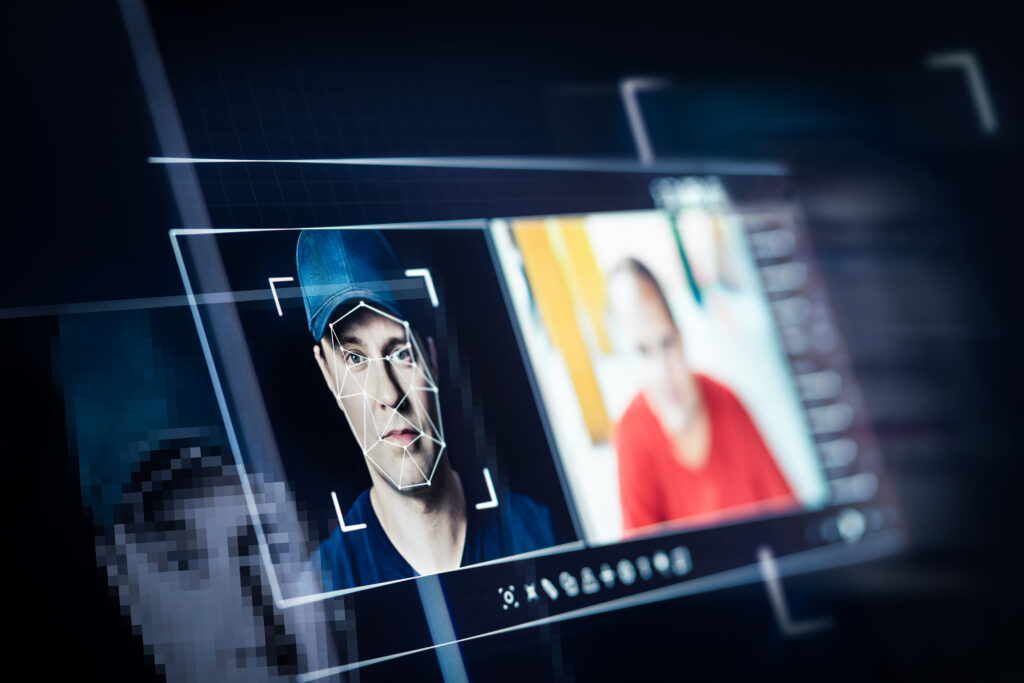
“Moreover, our approach focuses on making real-world impact by using real data and environments to design AI and Computer Vision solutions. In some of our projects, we had to create these data sets ourselves, investing a lot of effort into this process. ”Prof Dr Djamila Aouada Senior Research Scientist and Acting Vice Director at the University of Luxembourg’s Centre for Security, Reliability and Trust (SnT)
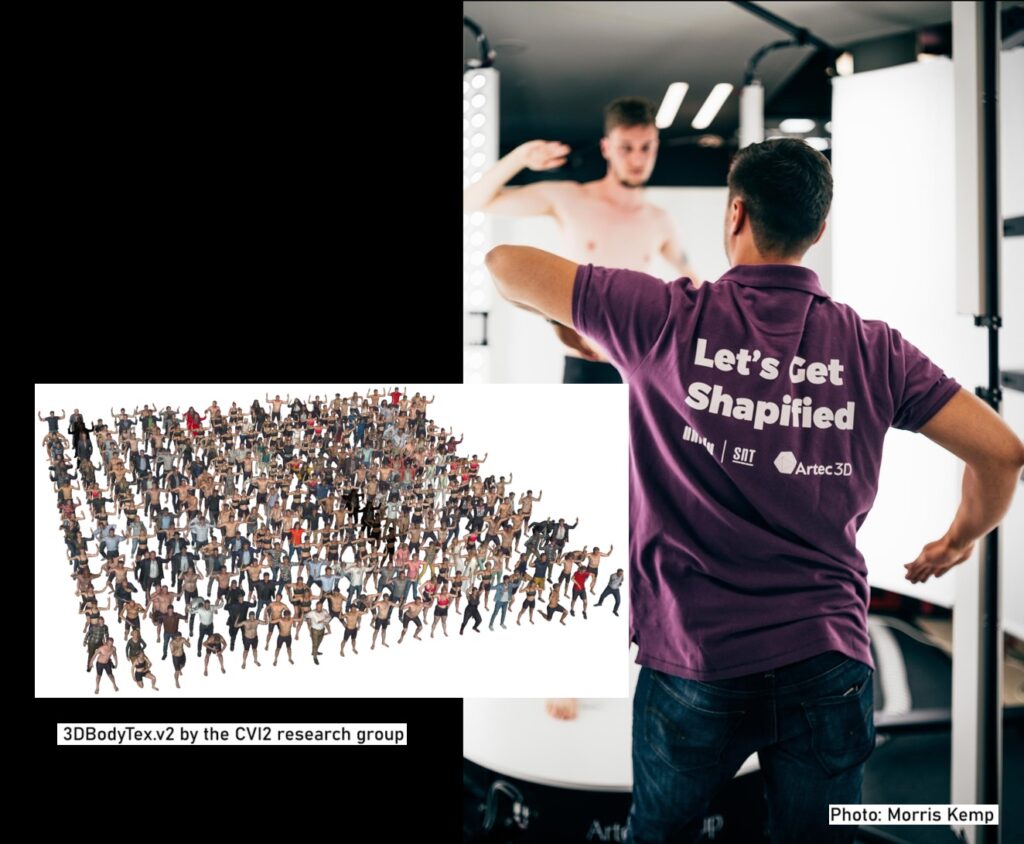
3D scans of human bodies and important datasets for space
“Beyond developing algorithms, we have made significant contributions by collecting and organising important datasets that drive progress in Computer Vision research. For instance, we created the 3DBodyTex dataset as part of a national project funded by FNR, which involved gathering real 3D scans of human bodies. This dataset has become a valuable resource for research on 3D modelling and human body analysis.”
Another important output of the team’s work is the SPARK dataset, which includes images of spacecraft taken in a laboratory environment. The dataset is highly beneficial for space situational awareness (SSA), also helping in the development of more effective algorithms. The datasets are openly shared with the research community.
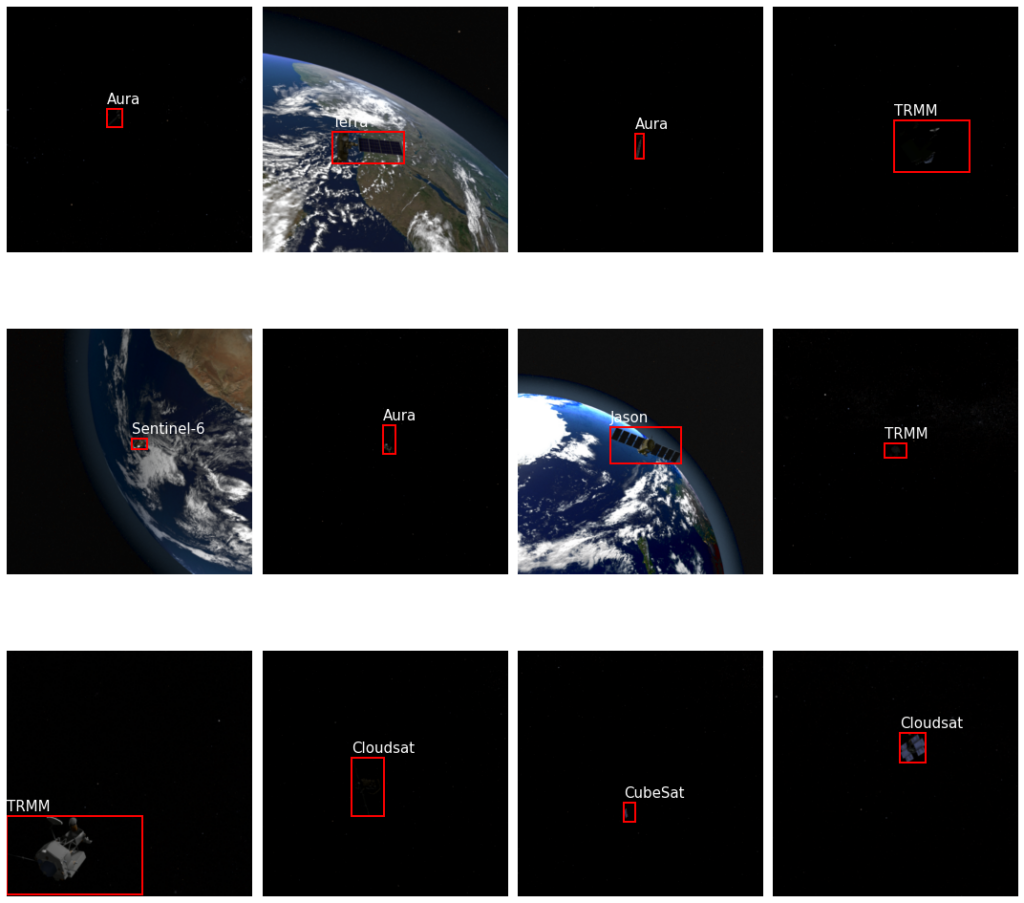
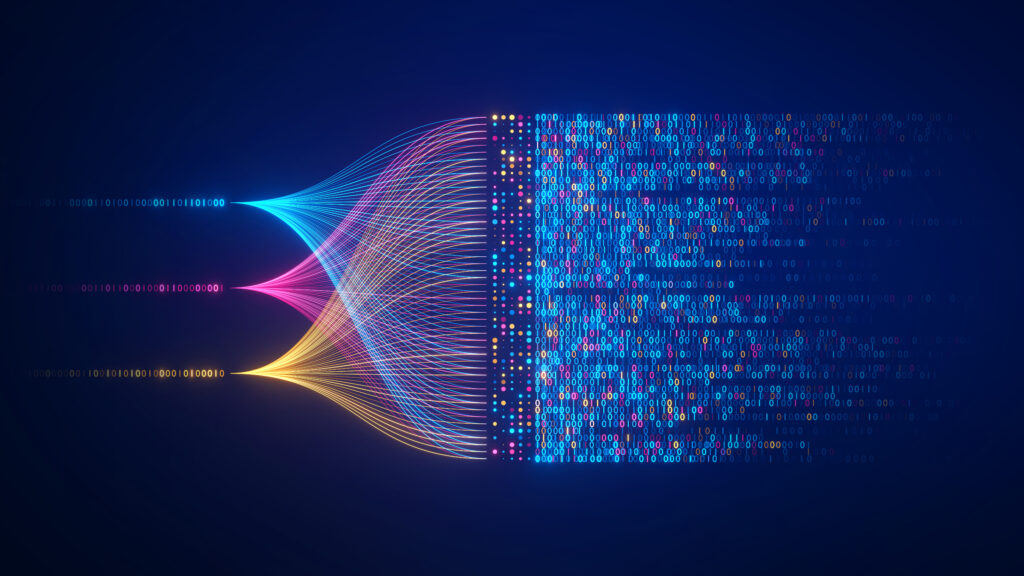
What the future holds: Tackling more complex tasks
AI is obviously a rapidly evolving field, as is Computer Vision, both becoming increasingly accessible and integrated across various sectors. ChatGPT is a well-known example of something now widely-used that involves these areas, combining multiple AI modalities, including Computer Vision.
“Over the next decade, I see the field evolving towards tackling more complex reasoning tasks, moving beyond low-level tasks like object detection and segmentation. This shift will enable groundbreaking applications across industries. However, there is a risk that in the pursuit of more intelligent systems, we might fall into the trap of focusing solely on brute force and black-box approaches, as seen during the deep learning boom.”
“This is where I hope our approach —integrating established geometric models and their extensions— can offer a more effective and transparent path to achieving these goals. ”Prof Dr Djamila Aouada Senior Research Scientist and Acting Vice Director at the University of Luxembourg’s Centre for Security, Reliability and Trust (SnT)
Future challenges: Going beyond simple tasks
One major question remaining in this research field is how to enable machines to move beyond simple tasks like object detection to achieve more complex semantic understanding. Another challenge: Ensuring that AI models generalise effectively across diverse, unseen conditions without the need for extensive retraining, and extensive data.

“Finally, improving the deployability of these systems in real-world environments, where data and resources vary greatly, remains an ongoing issue. These challenges drive my current and future research, as I focus on developing AI solutions that are more adaptable, effective, and capable of addressing real-world problems. ”Prof Dr Djamila Aouada Senior Research Scientist and Acting Vice Director at the University of Luxembourg’s Centre for Security, Reliability and Trust (SnT)

An explosion of innovation with a bright future
Despite the open questions and challenges, Aouada sees a bright future for AI and Computer Vision.
“We are currently witnessing an explosion of innovation, especially with the rapid advancements in large language models (LLMs) and vision-language models (VLMs). The possibilities for progress are vast, and what excites me most is the opportunity to move away from a brute-force methodology to a more holistic one where integrating geometric modelling with these new technologies could be a plausible path forward, I expect that enriching them with more contextual information should open exciting new possibilities, not only by inferring more geometric information but also creating a path to tackle more complex reasoning tasks, enabling machines to better understand context, relationships, and eventually intent.”
Aouada explains that this shift will pave the way to go beyond automation to proactive decision-making and problem-solving. This has great potential to transform how industries such as autonomous systems, healthcare, and creative sectors function.
“It is a truly exciting time, and what makes it even more exciting is seeing our industry partners share the same enthusiasm for these advancements,” Aouada concludes.
Djamila Aouada on the impact of FNR funding & support
“When I think of FNR, I can’t help but smile. What stands out to me are the people behind it—genuine, approachable individuals who truly care about Luxembourg, its society, and its researchers. That authenticity is hard to fake, and you can feel it in every interaction with FNR officers. I will never forget a memory from 15 years ago. I had a small meeting with an FNR program manager to get clarification on a few questions on behalf of my then manager. To my surprise, the program manager asked, “When are you going to apply as a PI?” That question really stuck with me. It is a reminder of how FNR has always been there to support and inspire researchers like myself to push forward in our careers.”
“FNR funding has been instrumental in fostering collaborations with both research institutions and companies, both nationally and internationally. These partnerships have significantly expanded the scope of my research and facilitated meaningful knowledge transfer and innovation. For instance, through FNR-Bridges, I have built strong industrial partnerships with multiple Luxembourg-based companies such as LMO, Artec3D, and POST Luxembourg. Additionally, FNR CORE has supported the development of academic collaborations with institutions such as the University of Burgundy, Dublin City University, and currently, the University of Melbourne. The continuity and depth of these partnerships would not have been possible without the invaluable support from the FNR.”
“I am incredibly grateful to FNR, not only for the generous funding but also for the spirit and mindset it fosters. Over the years, FNR has offered numerous opportunities through its diverse programs, ranging from fundamental research to industrial collaborations, as well as outreach and technology transfer initiatives. These opportunities have been instrumental in advancing my research, expanding my international network, and deepening my understanding of the local ecosystem.”
Djamila Aouada on mentoring the new generation of researchers
“I have had the privilege of mentoring over 50 researchers, including Master’s students, PhD students, and Postdocs, many of whom were supported through FNR grants. Each one has brought unique perspectives and skills to our work, and it has been incredibly rewarding to watch them grow and succeed in their careers. Most of my mentees have transitioned into industry, with some now holding influential roles in major tech companies. Others have chosen academic paths, and recently, some have shown a strong interest in entrepreneurship. Regardless of the path they choose, I am proud to support them as they work towards achieving their goals.
“Watching their progress has been one of the most fulfilling aspects of my role as a team leader, and it is one of the main reasons I remain passionate about my work after all these years.
Through this experience, I have learned how to guide my team while staying open to everyone’s ideas. I have come to realize that we all approach scientific challenges differently because we are different minds. This is especially true in the diverse context of my team, and it is essential to recognize and embrace these differences.”
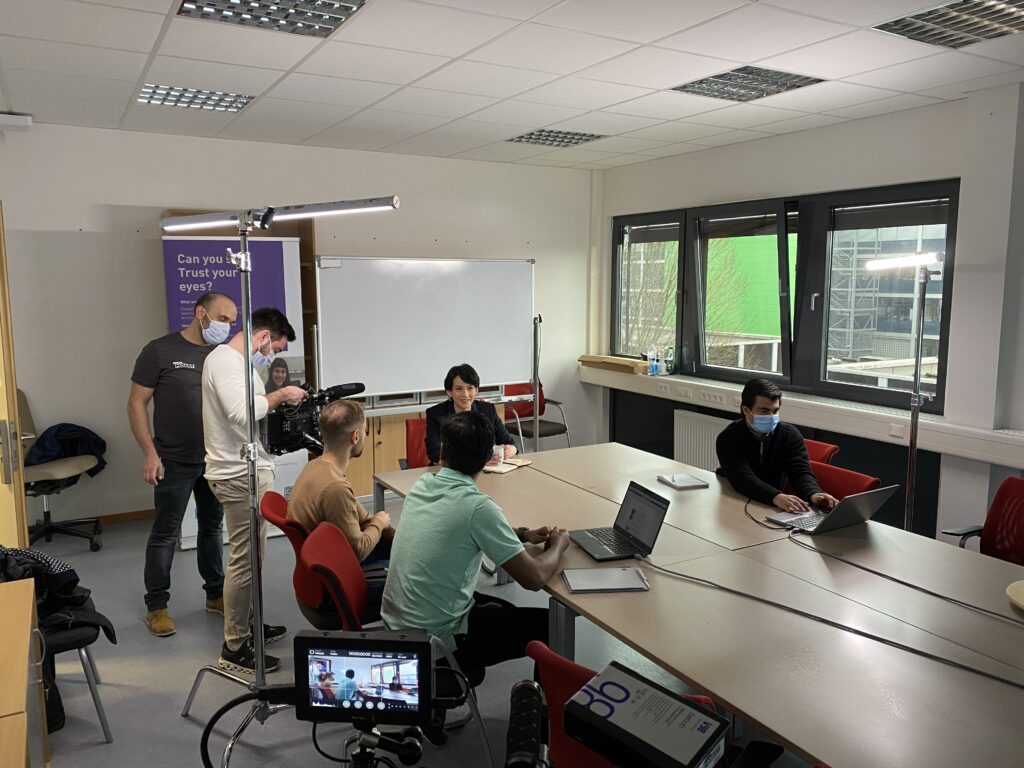
Djamila Aouada’s FNR-supported projects (main applicant)
| Project title | Call year | FNR Funding Instrument |
| SPace Autonomy Refinement leveraging Knowledge of Space Environment | 2024 | JUMP |
| Autonomous Recognition of Foreign Assets | 2023 | DEFENSE BRIDGES |
| HPC And Advanced AI For Crop Classification Using High Resolution Satellites | 2023 | HPC BRIDGES |
| Enabling Learning and Inferring compact deep neural network Topologies on Edge devices | 2021 | CORE |
| DeepFake Detection using Spatio-Temporal-Spectral Representations for Effective Learning | 2021 | BRIDGES |
| Feature-based REverse Engineering of 3D scans | 2021 | BRIDGES |
| Multi-modal Fusion of Electro-optical Sensors for Spacecraft Pose Estimation Towards Autonomous in-Orbit Operations | 2020 | BRIDGES |
| Software for home-based REhabilitation of STroke survivors (REST) | 2019 | PATHFINDER |
| Smart Schoul 2025: The Future Luxembourg Smart School | 2018 | PSP FLAGSHIP |
| Face Identification Under Deformations | 2017 | BRIDGES |
| 3D Action Recognition Using Refinement and Invariance Strategies for Reliable Surveillance | 2015 | CORE |
| Fusion Approaches for Visual systems Enhancement – security applications | 2011 | CORE |
Related Funding Instruments
HPC-AI BRIDGES
Deadline:
18-06-2025 14:00
Deadline: 17-09-2025 14:00
Defence BRIDGES
Deadline:
14-06-2024 14:00 Phase 1 (Project outline)
Deadline: 30-09-2024 14:00
BRIDGES
Deadline:
24-04-2025 14:00
Deadline: 24-09-2025 14:00
CORE
Deadline: 10-04-2025 14:00
PSP-Flagship
Deadline: 03-03-2025 14:00
PSP-Classic
Deadline: 03-03-2025 14:00